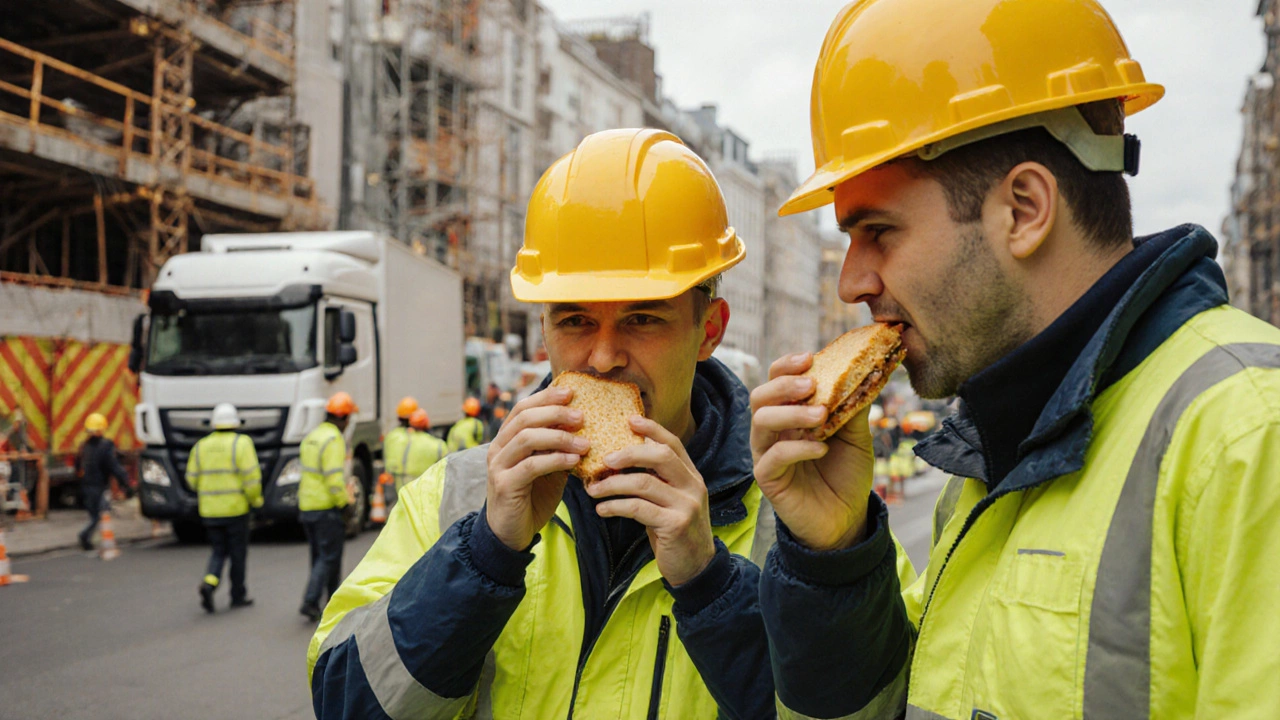UK Voter ID – Quick Guide for Voters
Got a ballot to vote on? Great. But before you head to the polling station, make sure you’ve got the right ID. The new UK voter ID rule is real, and it can stop you from voting if you’re not prepared. This guide walks you through the basics so you can focus on choosing your candidate, not worrying about paperwork.
Why the ID Rule Was Introduced
The government says the rule is meant to stop fraud. While cases of voter fraud are rare, officials argue that a simple photo ID check adds a layer of confidence for everyone. It also lines up the UK with many other countries that already require ID at the polls. For most people, the change is just another step in the voting process, but it does mean you need to double‑check your wallet before heading out.
How to Get the Right ID
Accepted forms of ID are pretty straightforward: a passport, a UK driving licence (full or provisional), or any government‑issued photo ID like a new electoral identity card. If you don’t have one of these, you can apply for an electoral identity card for free. The application is online or by post, and it usually arrives within a few weeks. Make sure you request it well before election day – the last‑minute rush can leave you empty‑handed.
What if you’re a student, a new migrant, or someone who doesn’t drive? No worries. A passport or a biometric residence permit works, and the free electoral card covers most other cases. Keep the ID in a safe spot where you’ll remember it, and don’t rely on a friend’s driver’s licence – the name on the ID must match the name on the electoral register.
Got a question about which ID you can use? Call your local council’s electoral services team. They can confirm whether your ID is valid and tell you where to send a replacement if yours is lost or expired.
Things to Watch Out For on Polling Day
When you arrive, the staff will ask to see your photo ID. If it’s not a perfect match – say a nickname or a misspelled surname – they may ask you to provide additional proof, like a recent utility bill. To avoid that, check your registration details ahead of time and update any changes as soon as possible.
If you forget your ID, you won’t be turned away outright. You can sign a “confirmation statement” and return later with the right document. Some councils also allow you to vote using a voter declaration form, but the process can be slower, so it’s best to have the ID on hand.
Planning ahead saves you from standing in line with a puzzled look on your face. Keep your ID in the same place each time you go out – maybe the front pocket of your jacket or a specific drawer. A quick glance before you leave makes sure you’ve got everything you need.
Final Tips
1. Check your registration status online at gov.uk/check‑my‑voter‑registration. 2. Verify which ID you’ll use at least two weeks before the election. 3. Apply for a free electoral identity card if you lack any accepted ID. 4. Update your address or name on the register promptly. 5. Keep a backup copy of your ID details (photo, number) on your phone in case you misplace the card.
Voting is a right, not a privilege, and a little preparation makes the experience smooth. With the right ID in your pocket, you’ll walk into the polling station confident, cast your vote, and head home knowing you’ve done your part.
UK Voter ID Campaign Rolls Out Ahead of Historic 2024 General Election
The Electoral Commission launched a massive multi‑platform push to alert voters that photo ID will be required for the first time nationwide in the 2024 UK general election. Bright sticky‑note billboards, gaming ads, and a free Voter Authority Certificate were central to the effort. Targeted messaging aimed at young people, ethnic minorities and other groups tried to close the remaining awareness gap, especially in Scotland.



